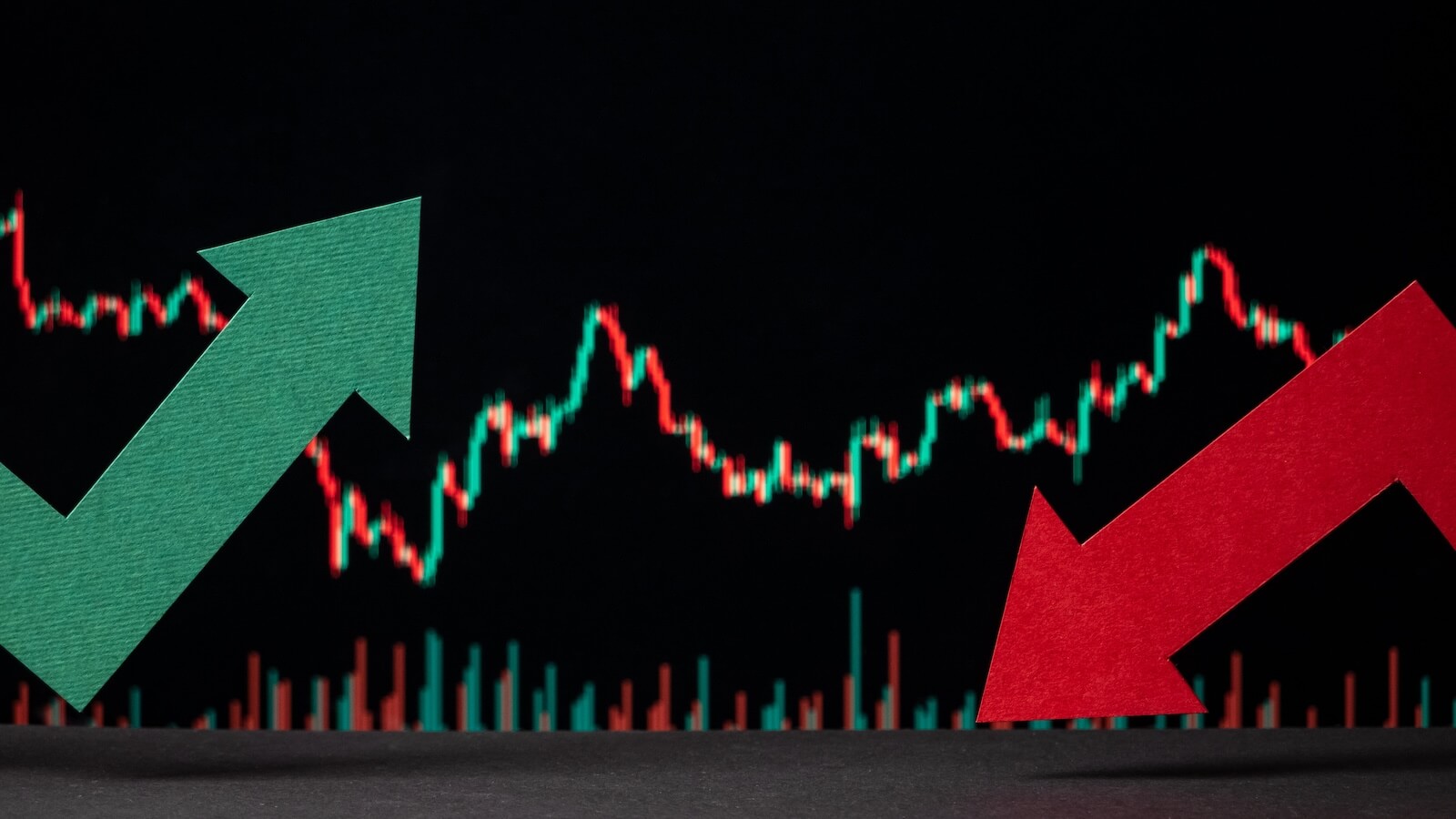
The pyramid trading method simply advocates wading into a full position in small controlled chunks rather than buying 100% of your target position on the first purchase. I describe it as both a method and a discipline because often when investors finally make the emotional commitment to buy an equity, human nature seems inclined to want to devour the entire position in one big bite. In the market, as so often is the case, human nature is wrong.
The pyramid method allows you to buy, for example, 25% of your intended full position, set your stop and then wait for the market’s next wave up to confirm the wisdom of your first purchase decision. If the market trends higher, you show a profit and the market has reinforced your good judgment. If it trends down, your stop is executed, you controlled your risk, and you book a small loss on only 25% of your full intended position.
In a sense, you must retrain yourself. This is not like shopping at Nordstrom. You aren’t waiting for a lower sale price before buying. Pyramid trading is the absolute opposite. It may seem counterintuitive at first, but you want to pay more for each subsequent entry into the market until you’ve acquired your complete 100% position. As your equity continues to trend up, you exercise a parallel discipline of moving your stop up to follow the positive trend and protect your profits.
One misconception about pyramid trading is that you can pyramid down as well – this is incorrect and potentially suicidal. The market offers a litany of clichés, such as “catching a falling knife”, to address such poor and inadvisable behavior. The power of pyramid trading is that it forbids you from adding a second position unless you already show a profit on the first position. This simple caveat should be chiseled in stone.
In the excitement and ensuring madness of a market media blitz – when the hype says one thing but the charts say another – this rule has saved me time and time again. To quote James Russell Lowell, “one thorn of experience is worth a whole wilderness of warning.” The corollary rule and benefit is that, as an investor, you must adjust your stops when you buy your second position which might account for anywhere from 25% to 50% of your full target position. In a nutshell, you continue to add to your profitable positions and take advantage of the equities up trend as well as controlling your risk by diligently raising your stop following behind your positive trending equity.
In summary, to reflect the fact that equities typically move up more slowly than when they reverse and break down, I pyramid into a long position using approximately 25%, 35% and 40% as rough guides. But on the exit, I reverse that strategy, closing out 40% of my position firstly and then following that with 35% and 25% if the equity continues to deteriorate. Pyramid trading is a method that has been validated by numerous academic studies. Because it takes advantage of bullish trends by increasing position size with each upward wave, it instills the added benefit of disciplined stop adjustments that will make the average trader better and the good trader exceptional.
Trade well; trade with discipline!
-- Gatis Roze





